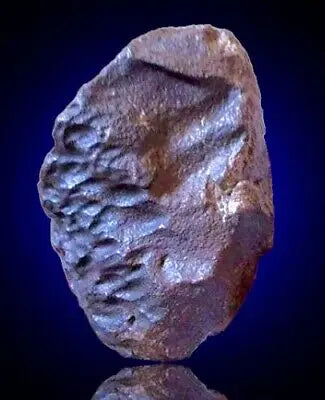
How to Identify a Meteorite – A Beginner’s Guide
Share
Meteorites are fascinating rocks from space that have landed on Earth, and owning or even finding one is an incredible experience. But how can you tell if that strange rock you picked up is truly a meteorite? Here’s a beginner-friendly guide to help you learn how to identify one.
1. The Magnetic Test
Most meteorites contain iron and nickel, making them magnetic. Try using a strong magnet—if the rock is attracted to it, that’s a promising sign. However, not all magnetic rocks are meteorites, so continue testing.
2. Appearance and Texture
Meteorites usually have a dark, burnt-looking outer layer called a “fusion crust.” This forms when the rock heats up while entering Earth’s atmosphere. Look for a smooth, matte surface with possible small thumbprint-like indentations (called regmaglypts).
3. Weight and Density
Meteorites are often heavier than regular Earth rocks due to their metal content. If it feels dense for its size, it might be a meteorite.
4. No Obvious Crystals or Bubbles
Unlike volcanic rocks or man-made slag, meteorites don’t typically have visible air bubbles or shiny crystals on the surface. A clean interior with fine grains or tiny metal flakes is a good sign.
5. The Streak Test
Rub the rock on the back of a ceramic tile. If it leaves a gray or black streak, it’s likely not a meteorite. True meteorites rarely leave a colored streak.
6. Seek a Second Opinion
When in doubt, contact a local university, museum, or a reputable meteorite dealer. Posting clear photos in online meteorite forums can also get you expert feedback.
